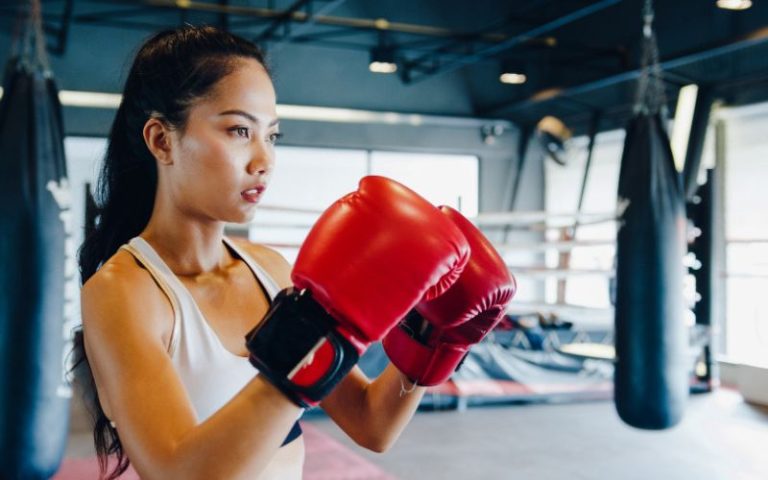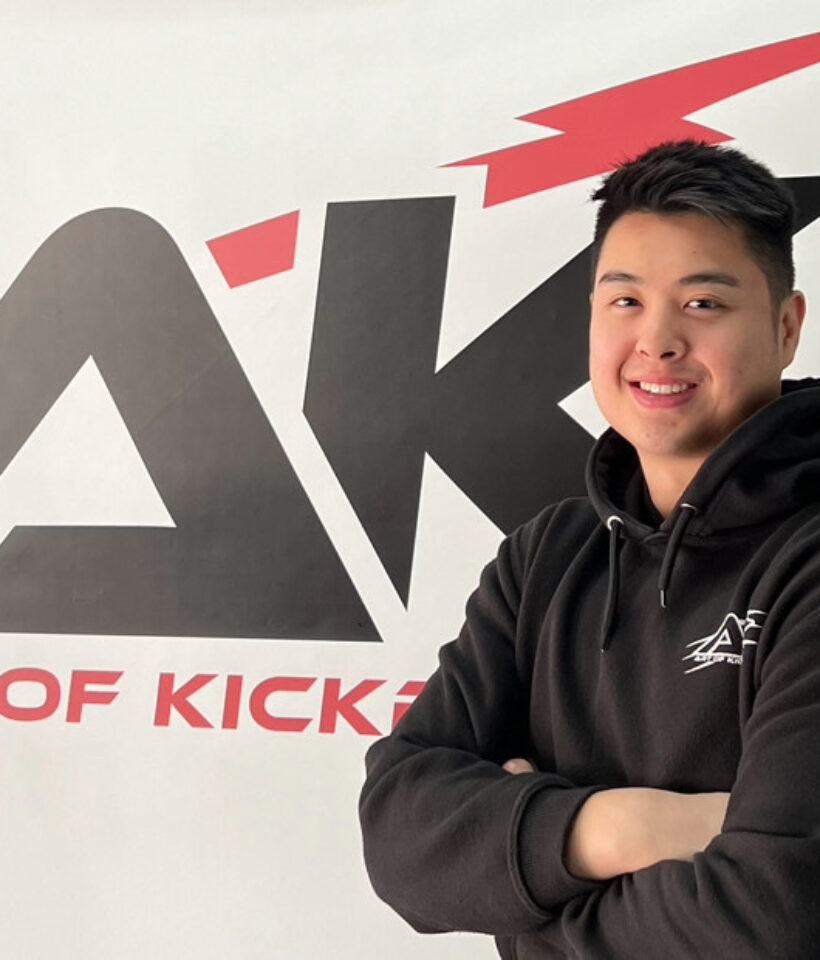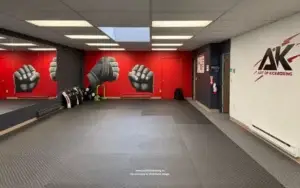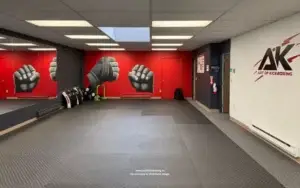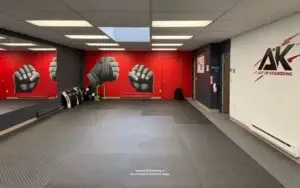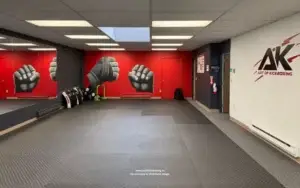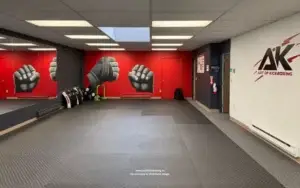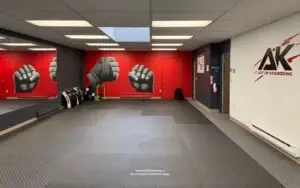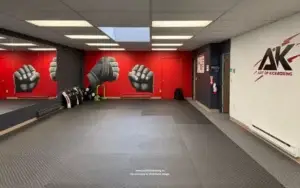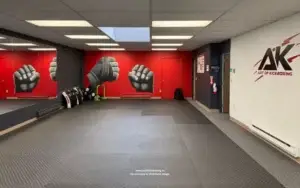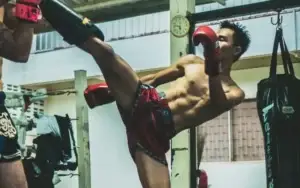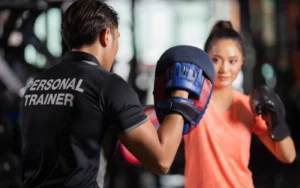In combat sports, selecting the right pair of gloves makes a massive difference. Whether you’re gearing up for kickboxing competitions, Muay Thai classes, or training in traditional boxing, the protective gear you choose will significantly impact the type of training, performance, safety, and overall experience.
While kickboxing gloves and boxing gloves are both padded gloves designed to protect your hands, they cater to different needs based on the specific demands of each sport.
Here we’ll highlight the key differences between these two types of gloves, helping you make the best choice for your training.
Kickboxing Gloves: Design and Functionality
Kickboxing gloves are crafted with versatility and flexibility in mind, making them ideal for sports like kickboxing and Muay Thai, where a combination of punches, kicks, and knee strikes are integral to the fighting style. Here’s what sets kickboxing gloves apart:
Flexibility
Gloves for kickboxing are designed to be lighter and more flexible than traditional boxing gloves. This flexibility is essential because kickboxing involves a wide range of movements, including punches, kicks, and knee strikes. The lighter weight of the gloves allows for quicker hand movements, enabling fighters to transition seamlessly between strikes.
Freedom of Movement
These gloves provide greater freedom of movement in the wrist and fingers, which is important for executing the diverse techniques required in kickboxing. Whether you’re throwing a roundhouse kick or clinching with your opponent, the flexibility of kickboxing gloves enhances your ability to move fluidly.
Palm Padding
Unlike boxing gloves, kickboxing gloves typically have less padding on the palm side. This design feature allows for a better grip during clinches, an aspect particularly important in Muay Thai. The reduced palm padding also contributes to the overall lighter weight of the glove, further enhancing mobility.
RELATED: Boxing in Richmond, BC with Art of Kickboxing
Boxing Gloves: Design and Functionality
In contrast to the multi-faceted design of kickboxing gloves, boxing gloves are purpose-built for the art of punching. Boxing demands precision, power, and protection, and the design of boxing gloves reflects these needs:
Shape and Structure
Boxing gloves are generally more rounded, with a larger cuff. This shape is optimized for punching, focusing on delivering powerful, precise strikes. The rounded design also helps distribute the impact evenly across the glove, protecting both the wearer and the opponent during training time when taking boxing classes or lessons.
Rigidity and Support
Boxing gloves are typically heavier and more rigid than kickboxing gloves. This added rigidity provides substantial support for the wrist and hand during punches, reducing the risk of injury. The stiffer structure ensures that the wrist remains stable, even during the most forceful punches.
Wrist Support
A key feature of boxing gloves is their enhanced wrist support. The gloves are designed to stabilize the wrist, minimizing the risk of injury during repeated punches. This makes boxing gloves particularly suited for intense training sessions that involve heavy bag work and sparring.
RELATED: Can Kickboxing Build Muscle & Tone Your Body?
Padding and Protection: How They Differ Between Gloves
Another critical difference between kickboxing gloves and boxing gloves is the distribution and density of padding. Protection is paramount when getting into mixed martial arts combat sports, and the way each type of glove handles this is tailored to the sport’s specific needs:
-
Kickboxing Gloves:
- Evenly Distributed Padding: Kickboxing gloves feature padding that is more evenly distributed across the glove. This is necessary because kickboxing involves not just punches but also other strikes like kicks and knee strikes. The padding is designed to protect the hands while allowing for the versatility required in these varied movements.
- Lighter Padding: Compared to a pair of boxing gloves, the padding in kickboxing gloves is generally less dense. This major difference in lighter padding enhances agility and speed, crucial for maintaining the quick, dynamic movements that kickboxing demands.
-
Boxing Gloves:
- Thicker Padding: The difference between boxing gloves and kickboxing gloves is that boxing gloves are known for their thick, dense padding, particularly around the knuckles and wrist areas. This extra padding is vital for absorbing the impact of powerful punches, protecting both the boxer’s hands and their opponent.
- Impact Absorption: The padding in boxing gloves are designed to distribute the force of punches evenly across the glove. This reduces the risk of injury during extended training sessions, where repetitive punching can take a toll on the hands.
RELATED: Kickboxing Training Plan & Routine
Types of Gloves: Which Ones Should You Choose?
Choosing the right gloves is about the sport you practice and also about your specific training purposes. Both boxing and kickboxing gloves come in various types, each suited to different aspects of training and competition. Should you choose to design and have your own manufactured custom gloves make sure to do research on a trucking company with the best shipping, warehousing, and logistics services.
-
Kickboxing Gloves:
- Versatility: Kickboxing gloves are generally more uniform in design but come in different sizes and weights to suit various training needs. A common weight, like a 10 oz glove, offers a balance between protection and speed, making it suitable for both training and competition.
- Grip and Control: Some kickboxing gloves feature additional padding on the wrist or thumb to provide extra protection, especially during clinches. The design of these gloves often prioritizes a secure grip and enhanced control, which are critical during kickboxing or Muay Thai matches.
-
Boxing Gloves:
- Variety of Types: Boxing gloves are available in a wide range of types, including:
- Training Gloves: Versatile gloves that can be used for sparring, bag work, and general training.
- Competition Gloves: Lighter and more compact, designed specifically for use in professional boxing matches.
- Bag Gloves: These gloves are heavily padded to protect the hands during intense heavy bag work.
- Weight Options: Boxing gloves come in various weights, such as 12 oz, 14 oz, and 16 oz, allowing fighters to choose based on their training needs—whether it’s for speed work or heavy impact absorption.
- Variety of Types: Boxing gloves are available in a wide range of types, including:
RELATED: Boxing vs Kickboxing (Which Is Better)
Kickboxing vs Boxing Gloves: Making the Right Choice
The choice between kickboxing gloves and boxing gloves comes down to the specific requirements of your combat sport and your training goals. Kickboxing gloves offer flexibility and versatility, making them ideal for sports that involve a combination of strikes, while boxing gloves provide the structure and support needed for delivering powerful, precise punches.

